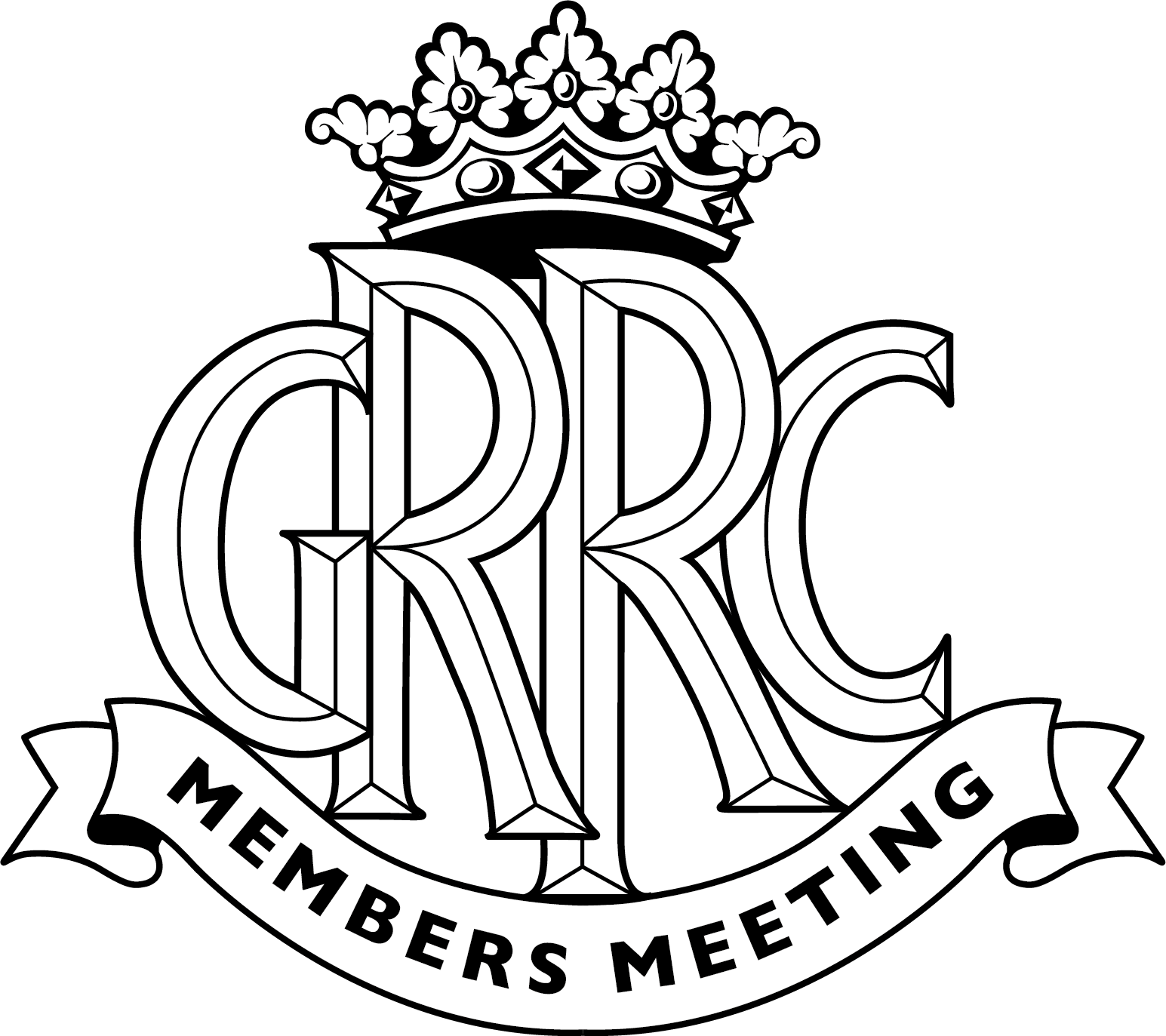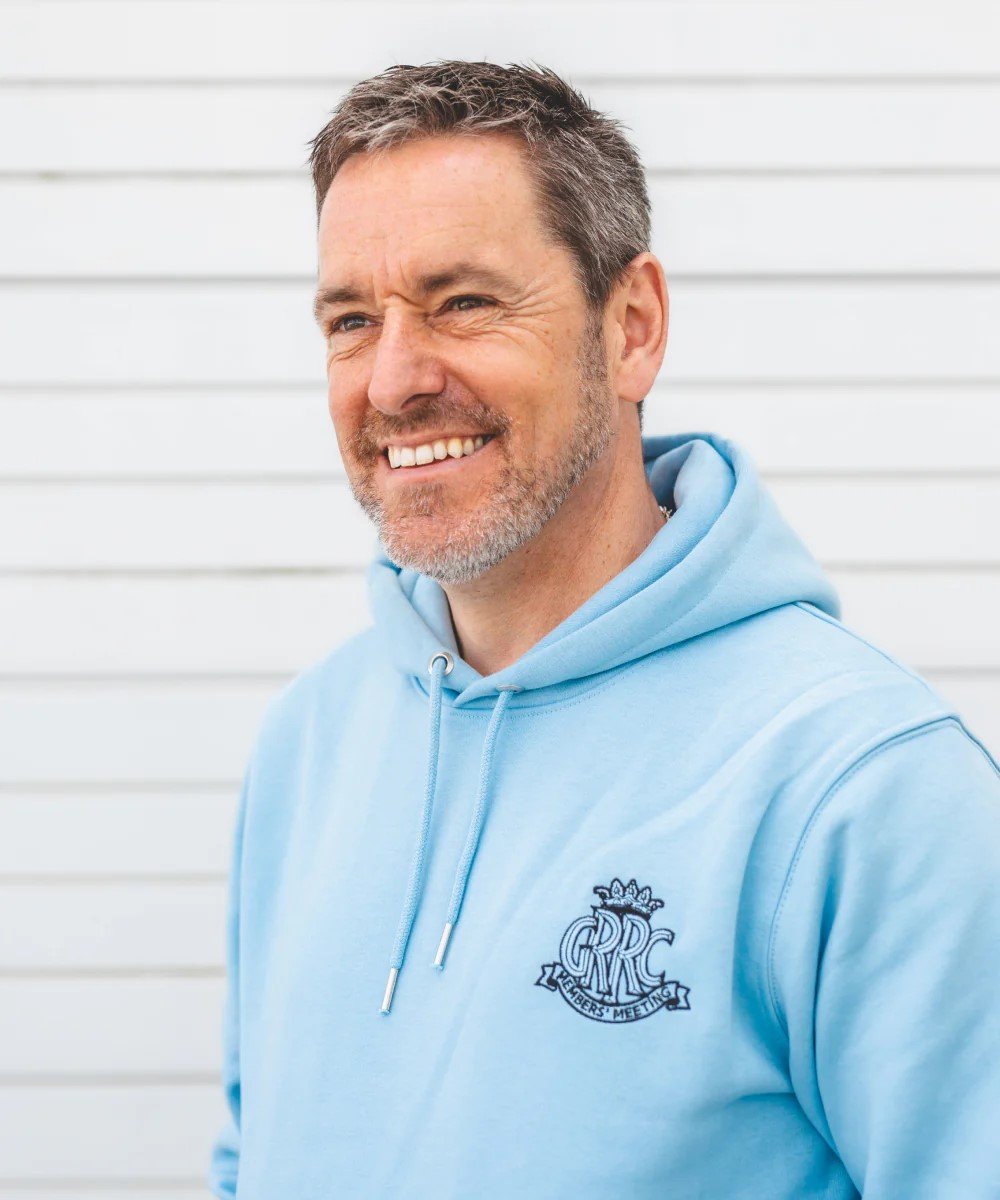Kar-go is go
While most US tech success stories tend to begin in a garage, it seems most stories of great British invention begin in a shed. The Kar-go story is no exception, having started life in a shed on the university campus of Aberystwyth University, on the West coast of Wales, six years ago.

It was 2013 and having recently sold his previous business, technology entrepreneur William Sachiti was contemplating his next challenge – a mission that would shake up an existing industry and improve our daily lives at the same time.
The opportunity he had his eye on? Defining and building a revolutionary new sustainable delivery solution for the booming online shopping industry.
With more and more of the world’s population now shopping online, the demand for efficient delivery solutions is ever growing. From the consumer’s perspective the priority is timely and convenient delivery, ideally for free, or at least at low cost. While the retailer wants a cost-effective, reliable service option that ensures their promise to their customer.
“As customers, in just a few years we have become comfortable with the idea that our online retail encounters are honed by automation,” William explains. “When we visit an online retailer’s website, we trigger a whole chain of automation to come into play, and we are comfortable with that because it means it is easy and efficient.”
You’ll no-doubt be aware of how algorithms play a role in your online shopping encounters, and you’ll also likely have seen footage of the incredible fleets of robots scooting around the vast warehouses of behemoth online retailers such as Amazon or Ocado, picking-and-packing our orders.
However, the breakpoint in this seamless flow of data science and robotics comes at the final hurdle - the delivery from the local depot to the customer.
“While long-haul costs are small per package, the cost to the retailer for delivering a package the last short distance to the customer can currently exceed thirty per cent of the shopping cart value,” William continues. “And this cost can increase dramatically for a missed delivery, not to mention the inefficient nature of current delivery networks and staffing, as demand grows.”

This short-distance delivery problem is known as the last mile challenge. So William set out to bridge that gap and find a far more efficient solution – tackling the final frontier of automation in retail service. He founded the Academy of Robotics, with this as the team’s first project.
To really take on this challenge William knew he would need to grapple with the physically intelligent requirements of an autonomous vehicle solution. So – in order to invest in a solid foundation of knowledge – he enrolled to study for a degree in Artificial Intelligence & Robotics at Aberystwyth University, renowned as the home of the team who developed the intelligent vision system for European Space Agency's newest autonomous EXOmars rover. Additionally it is home to a stellar group of lecturers who, together, have amassed over 70 respected international research papers and publications in the field of automation and autonomous machines.
During the following years, he and a growing team focused not just on tackling the physical nature of a robotic delivery service – inventing a patented internal package-sorting mechanism and honing the vision system for street navigation – but also on understanding the future customer’s mindset around receiving deliveries. His main conundrum: the fact that a robotic vehicle was never (or at least in the near future) going to be able to knock and deliver at a front door, take the stairs of an apartment block, or even post a ‘sorry we missed you’ note through a letter box.
But it just so happened that this period of the project development was also the era when Uber first went viral, worldwide, forever changing our engagement with, and expectation of, on-demand urban cab services. William realised that users of the Uber service are, in the majority of cases, actually happy to walk a short distance to find their cab at a predetermined meeting point, rather than expect the cab to arrive to their precise curb-side location.
William determines, “The penny dropped when we started to see Uber changing our expectations. It was clear to me that, if it’s a choice of missing an urgent delivery or walking just around the corner to an official drop-off point then, if we are honest with ourselves, the vast majority of us will do the walk.”
And what if you are not going to be home? Well, William’s solution means your delivery can come to any location you set, wherever you are – just like Uber. And you’ll also never again be restricted to delivery within a working-hours slot – by automating the whole process, Kar-go will be able to deliver literately whenever is most convenient for you, whether that’s midday, midnight or 4am.

So, one shed and six years later, the result of his team’s pioneering work is the global unveil not just of Europe’s first roadworthy autonomous delivery vehicle, Kar-go. But also the introduction of a completely new solution for the intelligent, automated management of the phenomenal volume of deliveries demanded every day in cities worldwide. This system will comprise a fleet of vehicles, booked on demand, with each one programmed to be an expert in every detail of a dedicated local neighbourhood - meaning no single vehicle will ever be driving in unknown territory and will never need to drive inefficient miles across a city.
Since leaving Aberystwyth in 2017 to set up his commercial operations between London and East Sussex, William has focused on building a world-class team of experts not just in robotics and AI – most of whom have come with him from Aberystwyth – but also in automotive design and construction, with top design talent from McLaren.
In William’s eyes, the design of the physical vehicle aesthetic is just as critical to customers embracing the concept of robotic delivery as the efficiency of the delivery service itself.
“I believe in beautiful design. It is how we ensure that a robotic entity such as a local delivery vehicle can be seen as approachable and even ‘cute’, rather than a threat.
If our robotic vehicles are going to be driving around local streets every day, then I want to embrace the ‘ice cream van’ effect and ensure the community are happy to welcome them. Our vehicle design looks like a cute little dragon, not a giant computer on wheels, and I believe that will make a huge different to adoption.”
The final commercial concept will be unveiled on Thursday 4th July at FOS Future Lab, in front of an international audience right in the heart of Goodwood Festival of Speed.
#KarGo
Kar-go
Future Lab
FOS
FOS 2029

Festival of Speed
FOS Future Lab: 2024 exhibitors

Festival of Speed
FOS Future Lab: STEM seminars

Festival of Speed
FOS Future Lab returns for 2023 Festival of Speed



































































